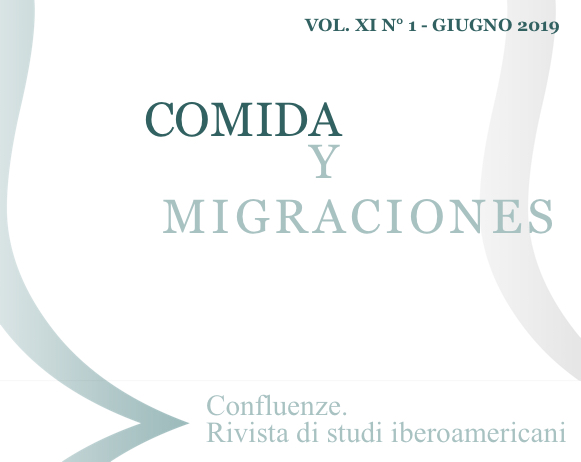Mito, sueño y escritura de la ambigüedad: “El hombre que siempre soñó” de Cristina Rivera Garza
DOI:
https://doi.org/10.6092/issn.2036-0967/9565Keywords:
Contemporary Mexican Literature, dream, myth, mermaid, ambiguityAbstract
This paper considers how the short story “El hombre que siempre soñó” (2002) by Cristina Rivera Garza is built around three discursive axes. The first axis refers to a “realistic” narrative, following a chronological development of the history. The second one is articulated according to the dream as an interruption of the conventional flow of time, and through the incursion of the “revealing moment” (Zambrano, 1986). Between those two axes, we can find a third one, which is made in the latent construction of the mythical isotopy related to the ancient Mexican mermaid in the myths of the origins. The mythical image works then as an “interpreter” (Herrero, 2006) of “reality” and its hermetic background, and it configures as origin and motor of the dream.Downloads
Published
2019-06-15
How to Cite
Cannavacciuolo, M. (2019). Mito, sueño y escritura de la ambigüedad: “El hombre que siempre soñó” de Cristina Rivera Garza. Confluenze. Rivista Di Studi Iberoamericani, 11(1), 162–189. https://doi.org/10.6092/issn.2036-0967/9565
Issue
Section
ESSAYS
License
Copyright (c) 2019 Margherita Cannavacciuolo
The copyrights and publishing rights of all the texts on this journal belong to the respective authors without restrictions.
This journal is licensed under a Creative Commons Attribution 4.0 International License (full legal code).
See also our Open Access Policy.
Metadata
All the metadata of the published material is released in the public domain and may be used by anyone free of charge. This includes references.
Metadata — including references — may be re-used in any medium without prior permission for both not-for-profit and for-profit purposes. We kindly ask users to provide a link to the original metadata record.






